Why are ergonomics so important on the industrial production lines and give examples of workstation product solutions being used?
Emphasizing ergonomics workstation in industrial settings is vital. It tailors workspaces, tools, and tasks to human body capabilities, optimizing worker comfort, safety, and productivity. Prioritizing ergonomics mitigates health risks, ensuring a conducive work environment.
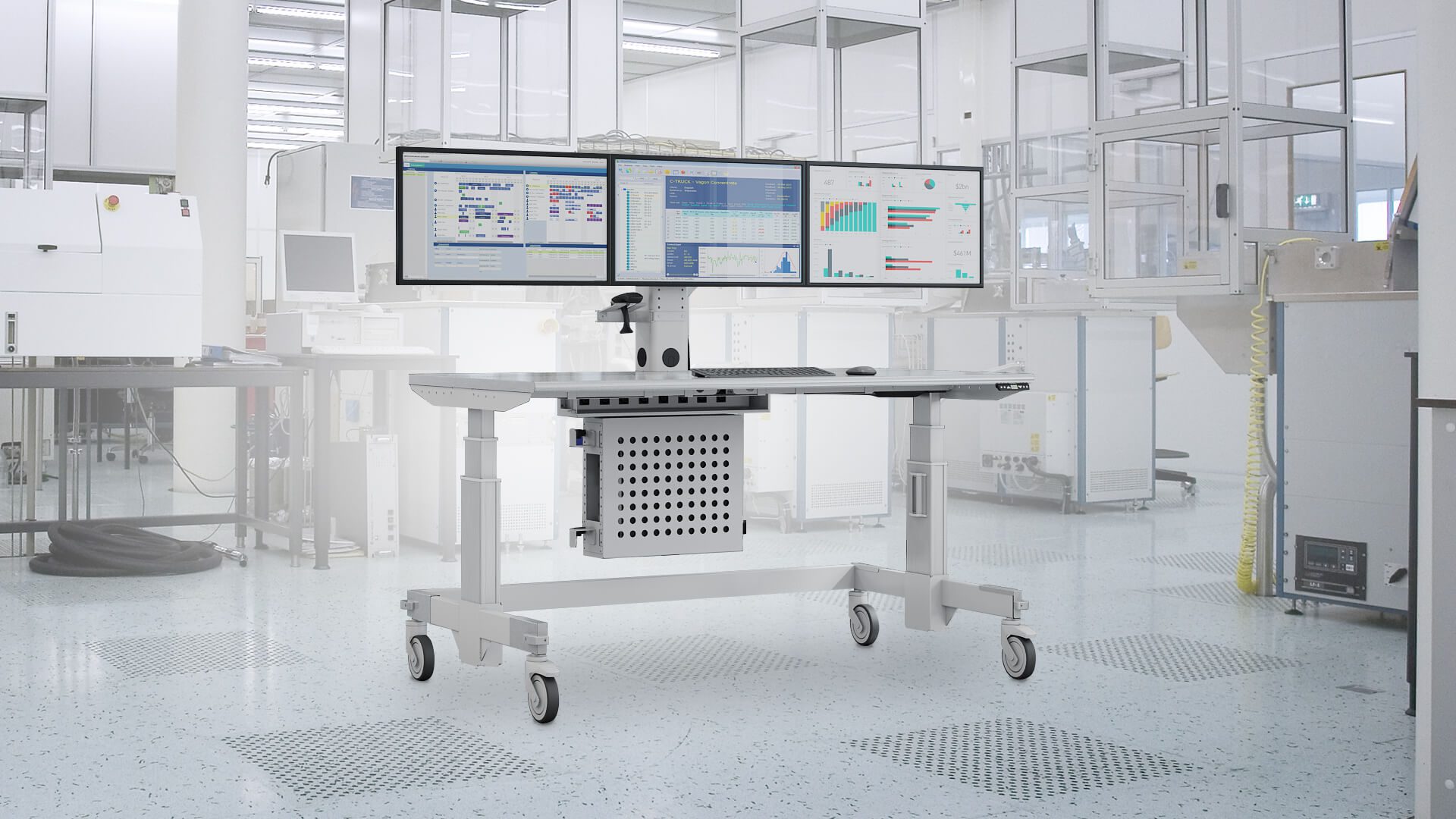
Worker Health and Safety:
Ergonomic design reduces the risk of musculoskeletal disorders (MSDs) such as carpal tunnel syndrome, back pain, and repetitive strain injuries.
Proper ergonomics helps prevent accidents and injuries by ensuring that workstations are designed with safety in mind.
 Productivity:
Productivity:
Ergonomically designed workstations improve efficiency by minimizing unnecessary movements and reducing fatigue, allowing workers to perform tasks more comfortably and at a higher pace.
Reduced discomfort and fatigue contribute to increased worker morale and focus, leading to higher overall productivity.
Quality of Work:
Workers in ergonomically designed environments are more likely to maintain better posture and precision, resulting in improved product quality.
Retention and Morale:
Providing comfortable and safe work environments enhances job satisfaction, reducing turnover rates and promoting positive morale among workers.
Examples of workstation product solutions used to enhance ergonomics in industrial production lines include:
Adjustable Workstations:
Workstations that allow workers to adjust the height of the work surface can accommodate employees of different heights and promote proper posture.
Ergonomic Seating:
Chairs with lumbar support, adjustable height, and proper cushioning contribute to better posture and comfort during extended periods of sitting.
 Anti-Fatigue Mats:
Anti-Fatigue Mats:
These mats provide cushioning for workers who stand for long periods, reducing fatigue and the risk of foot and leg issues.
Tool Design:
Ergonomically designed tools with comfortable grips and reduced vibration minimize the risk of hand and arm fatigue, enhancing both safety and productivity.
Task Lighting:
Proper lighting at workstations helps prevent eye strain and improves visibility, reducing errors and improving overall work quality.
Automation and Robotics:
Implementing automation and robotics for repetitive or physically demanding tasks can reduce the physical strain on workers and improve overall efficiency.
Training Programs:
Education and training programs on ergonomics help workers understand how to use equipment properly, maintain good posture, and prevent injuries.
Investing in ergonomics not only benefits individual workers but also contributes to the overall success of industrial production lines by creating a safer, more efficient, and more sustainable work environment.
Please consider contacting us today for a friendly conversation to see why and how our mobile medical carts can be the perfect partner for you and your workplace.
Call us at: +1 (800) 663-3412 or E-mail us directly at: afcsales@afcindustries.com

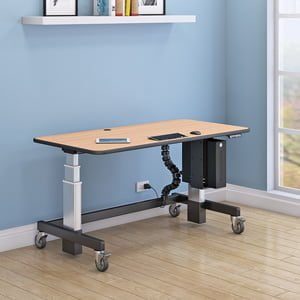
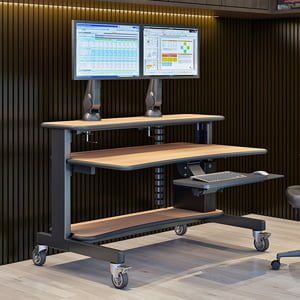
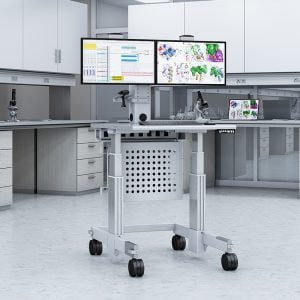

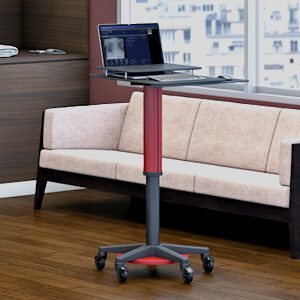
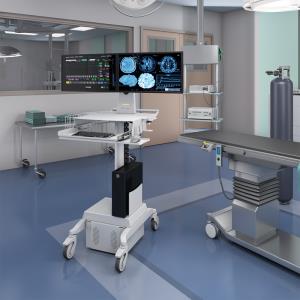
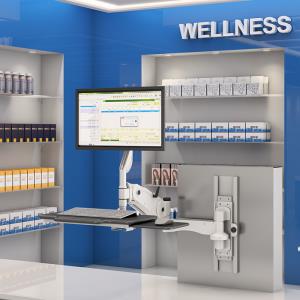
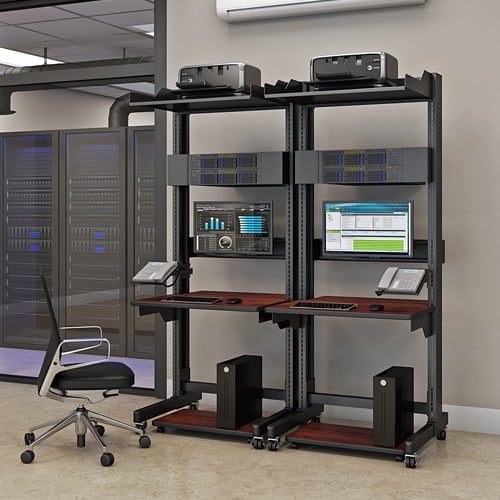

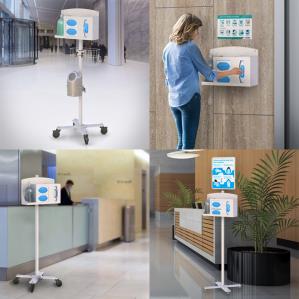
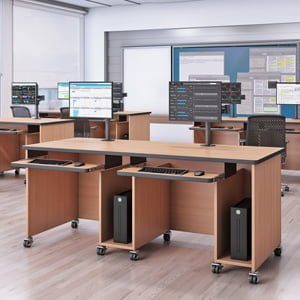
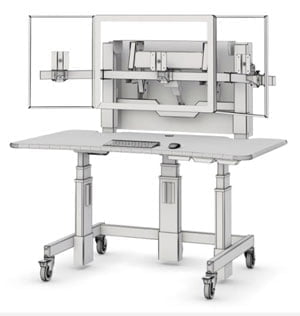
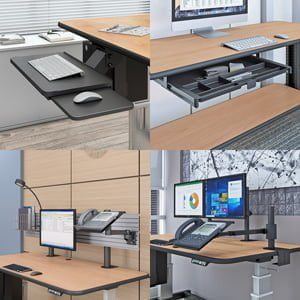
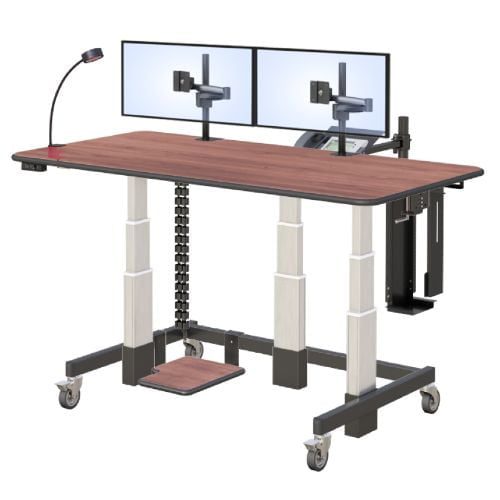
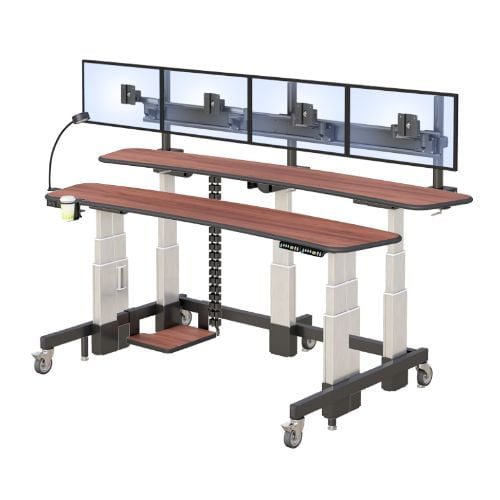
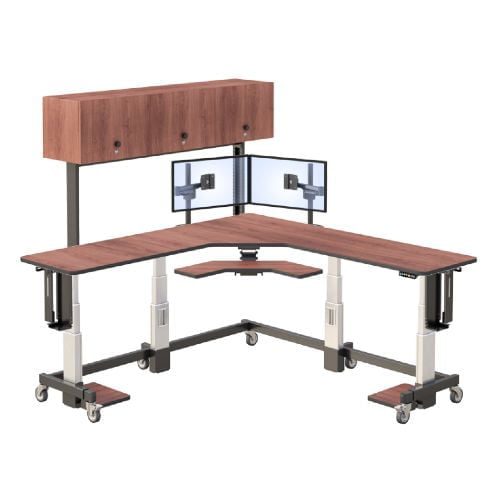
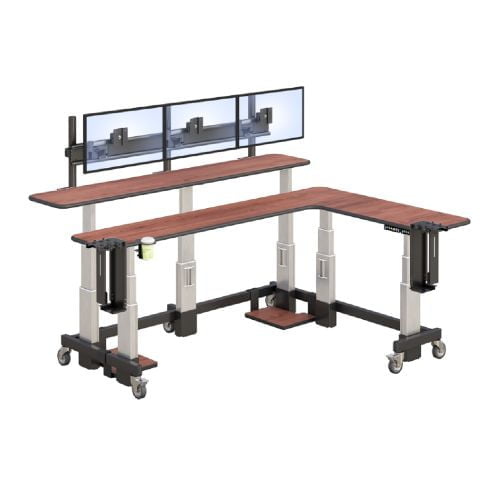
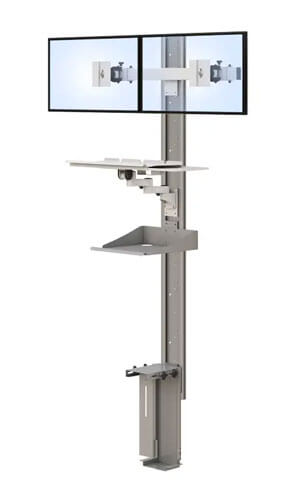
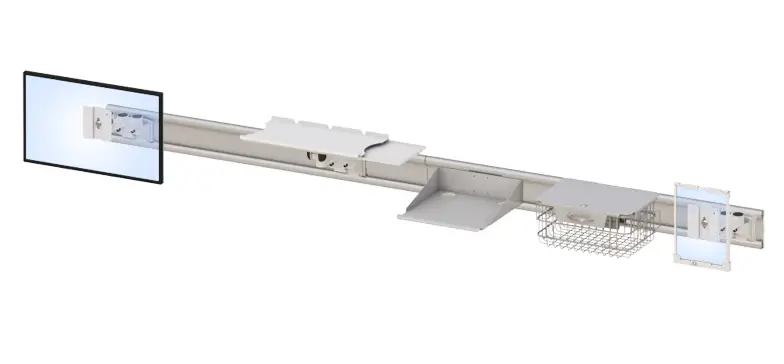
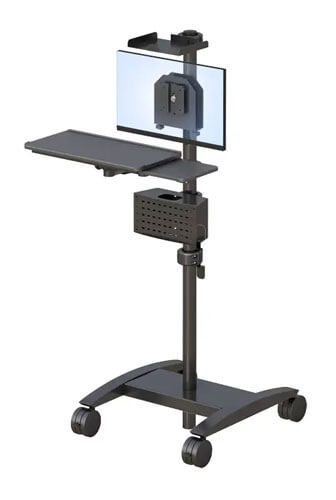
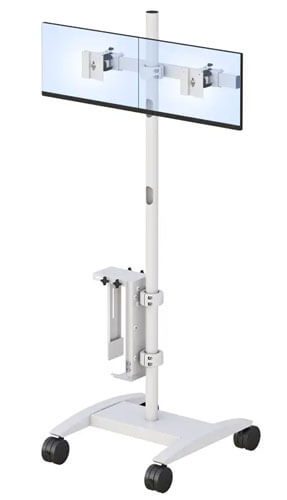
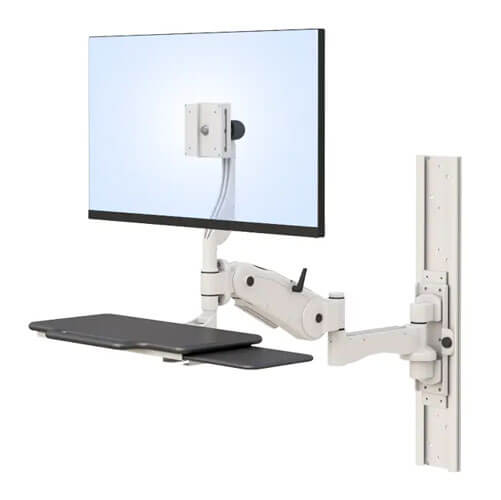
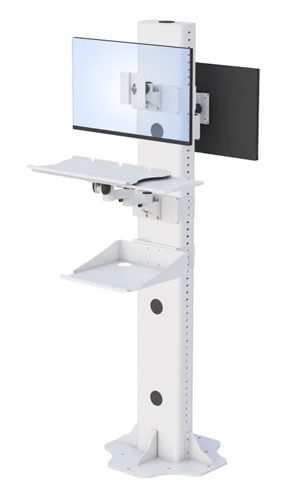
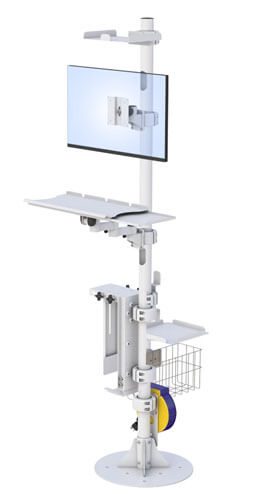
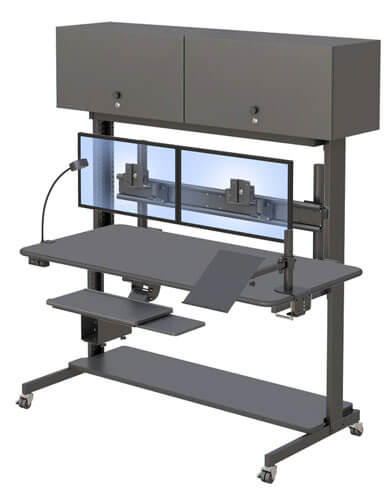
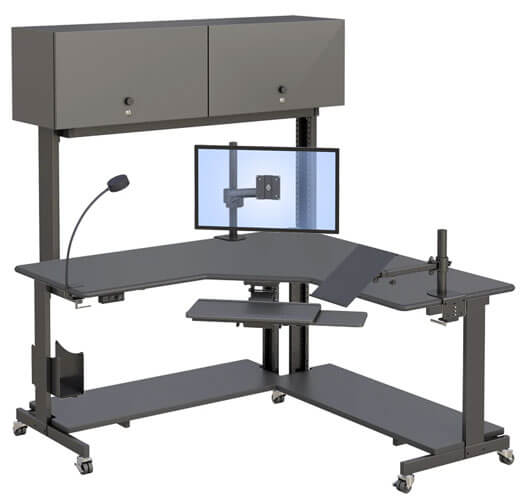
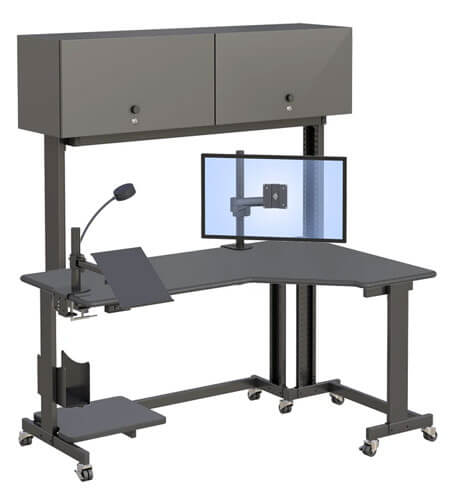
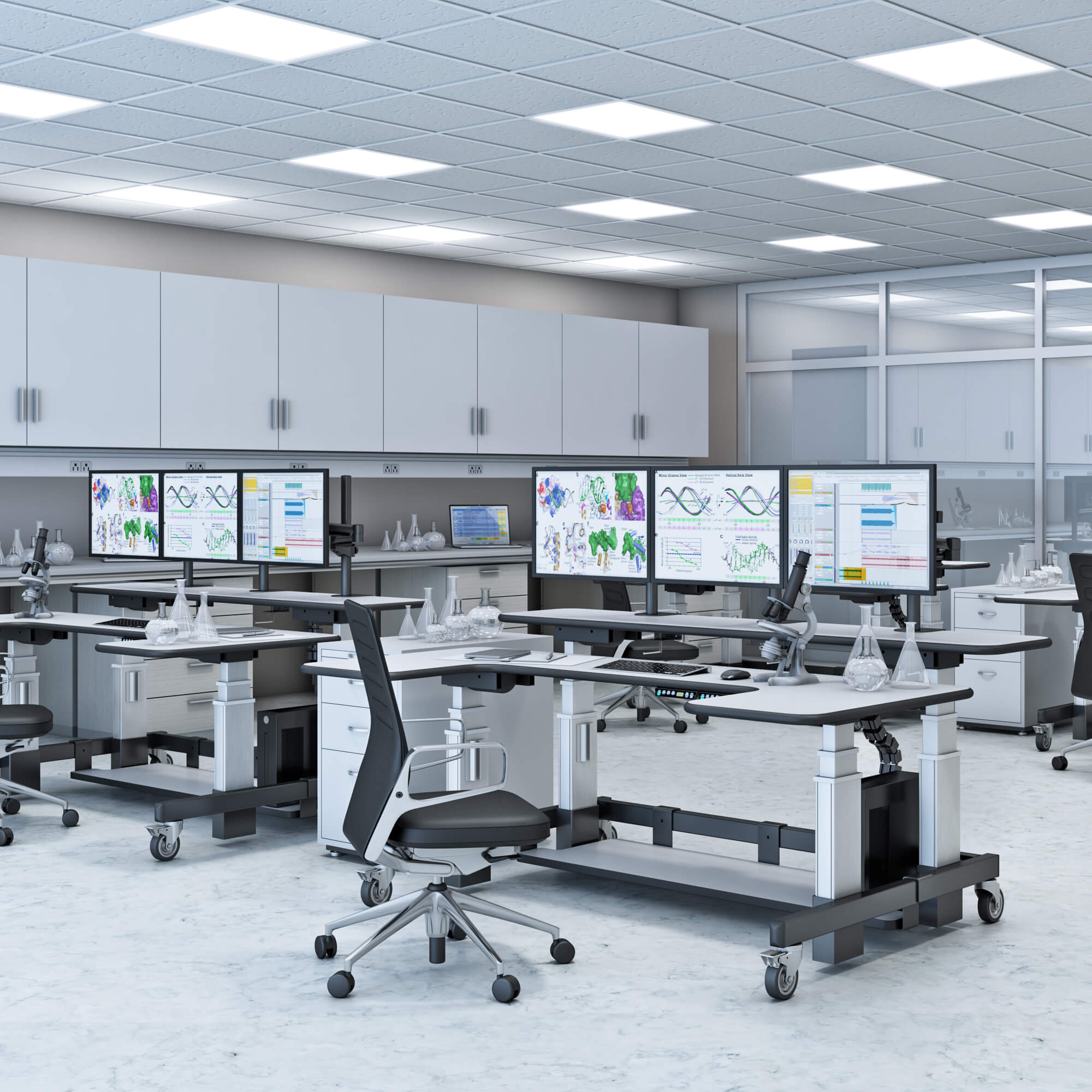 Productivity:
Productivity: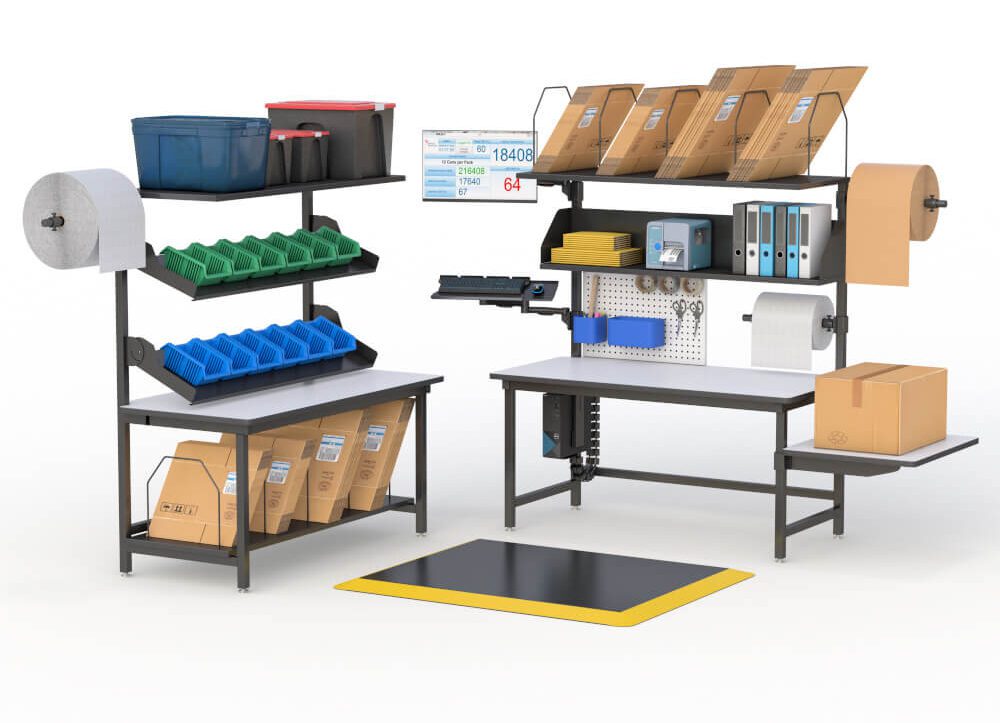 Anti-Fatigue Mats:
Anti-Fatigue Mats: